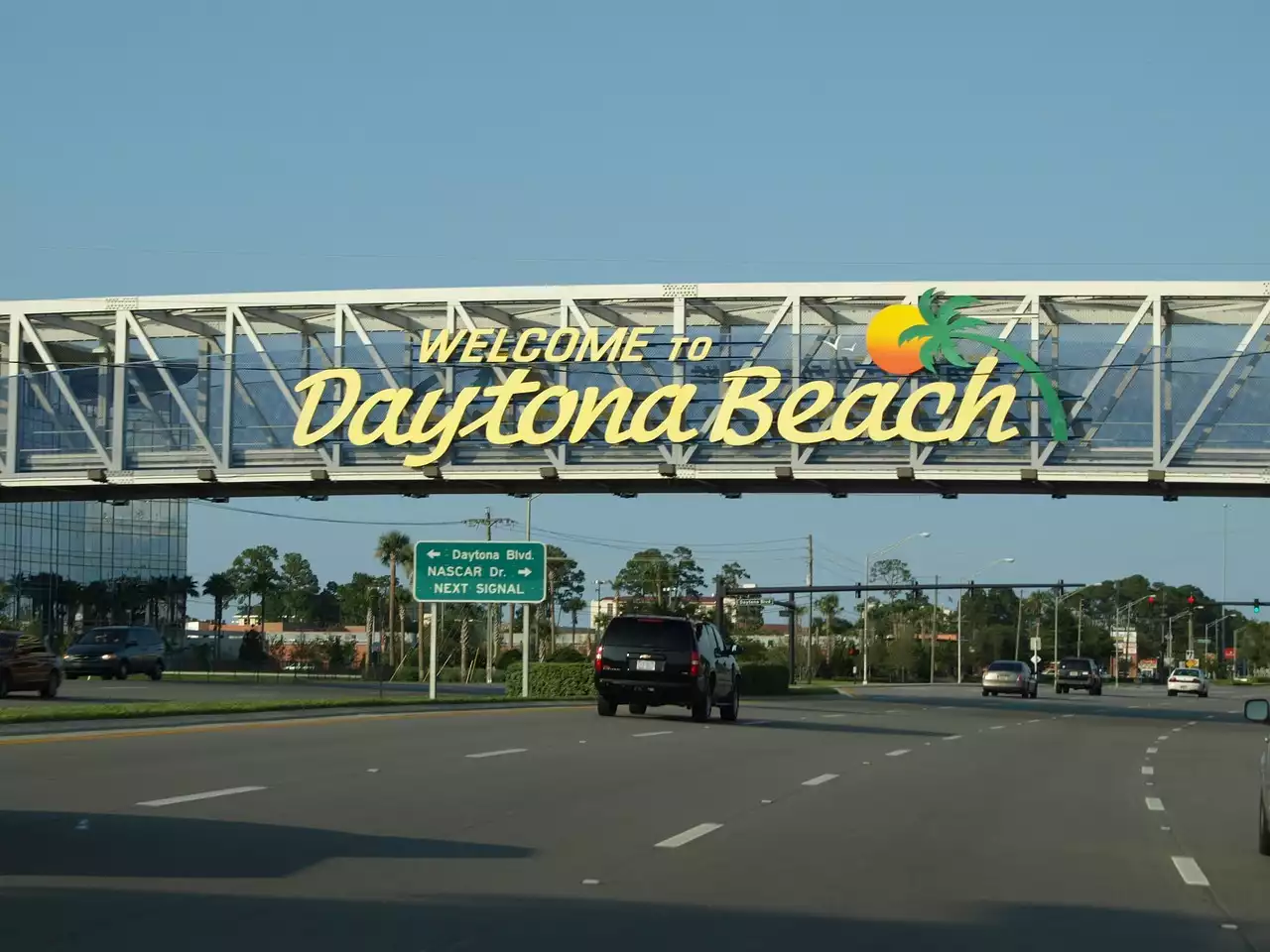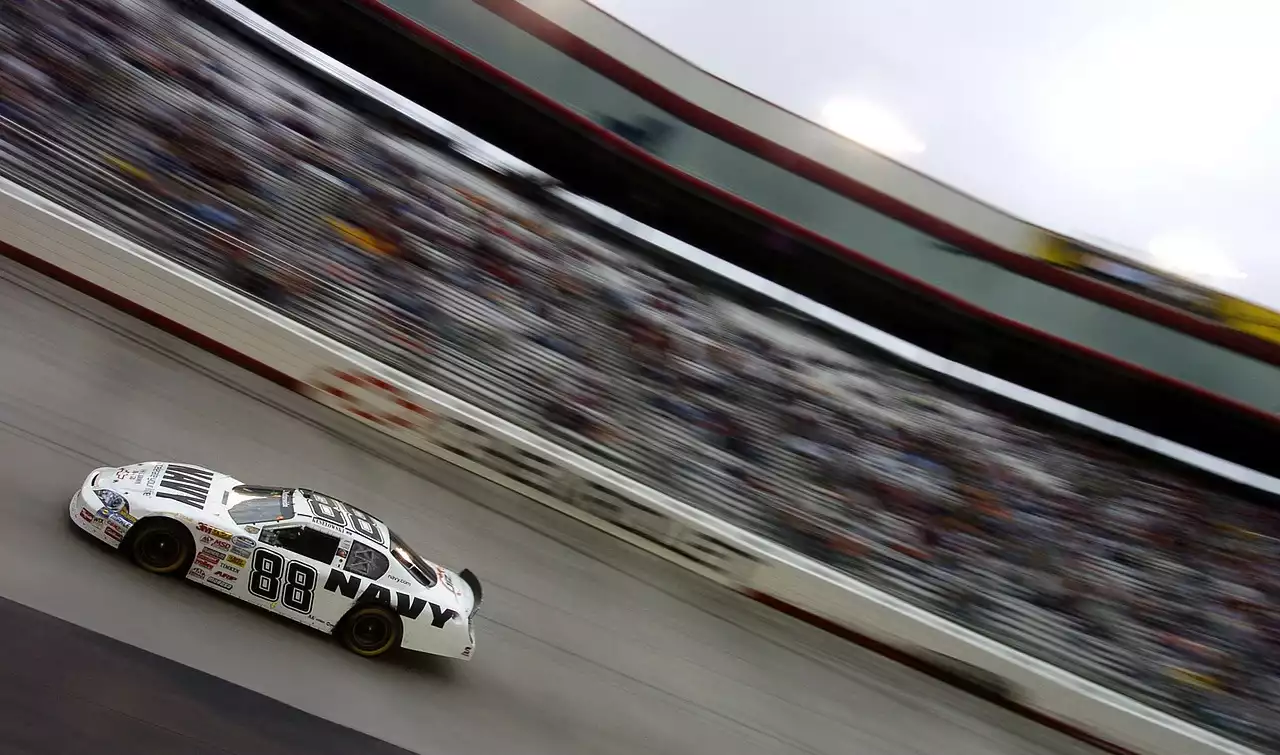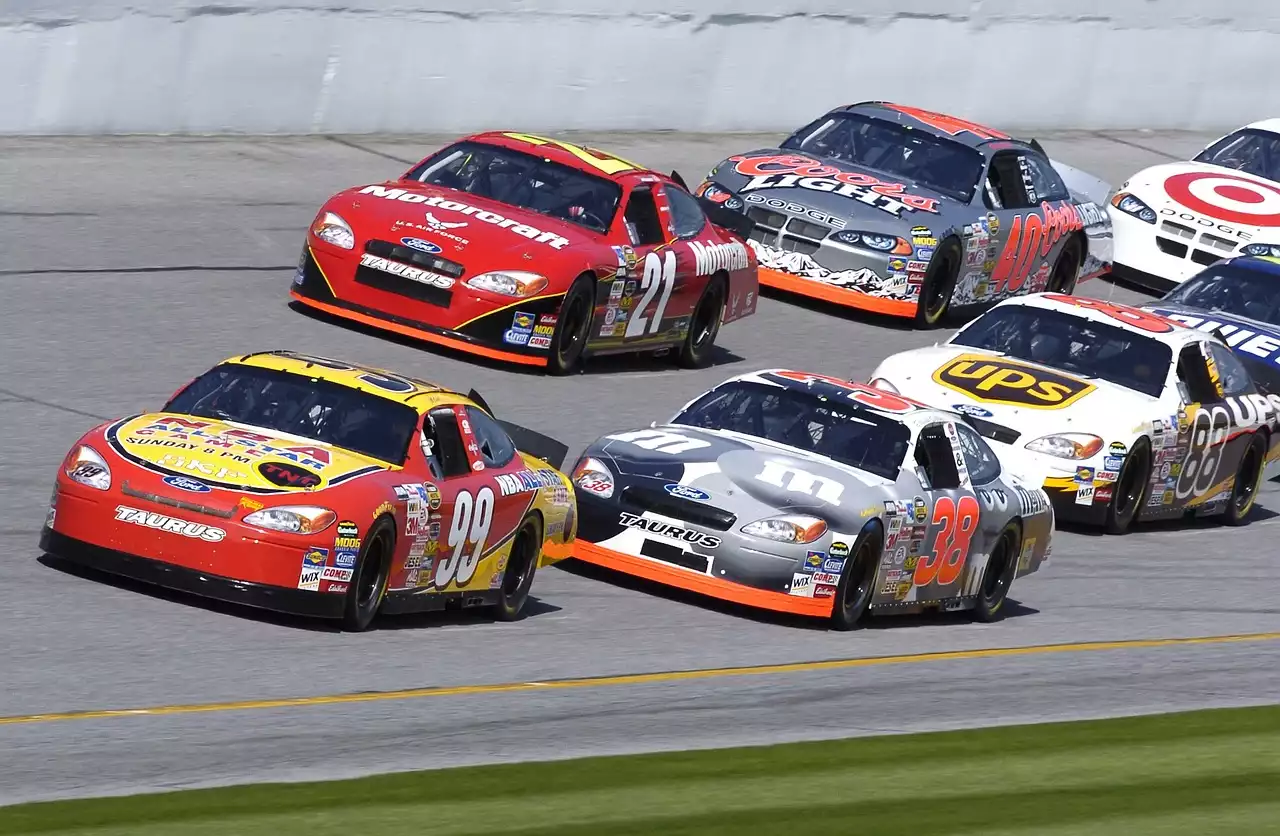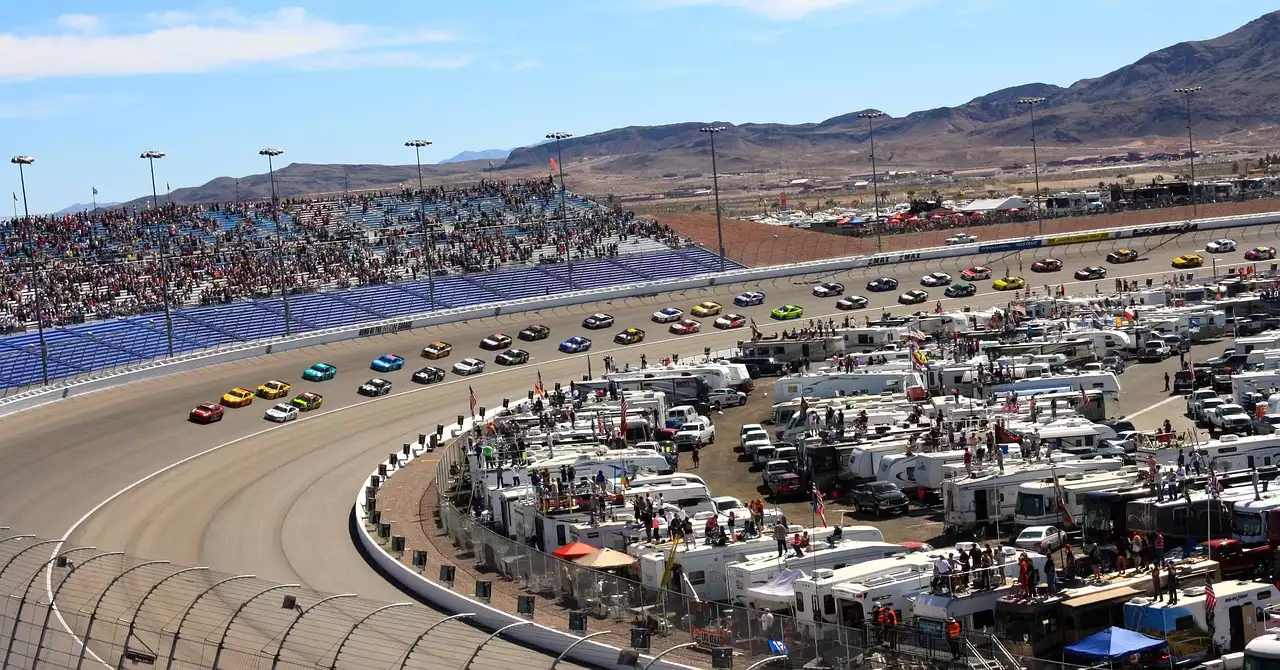History of the Daytona 500
The Daytona 500 was first held in 1959, and it has since become the most prestigious race in the NASCAR Cup Series. It was the brainchild of NASCAR founder Bill France Sr., who wanted to create a race that would rival the Indianapolis 500. The inaugural race was won by Lee Petty, who took home $19,050 in prize money. The race was an instant success, and it has since become a staple of the NASCAR calendar.
Over the years, the Daytona 500 has seen some of the biggest names in racing compete for the coveted prize. From Richard Petty to Dale Earnhardt, the race has been won by some of the sport's greatest drivers. The race has also had its fair share of controversies, including the infamous "Tide Ride" incident in 1983, when Cale Yarborough and the Allison brothers got into a fight on the track. Despite the occasional drama, the Daytona 500 remains one of the most popular events in sports.
What Makes the Daytona 500 Special?
The Daytona 500 is special for many reasons. For starters, it is the first race of the NASCAR Cup Series season, and it sets the tone for the rest of the year. It's also the most prestigious race in the series, and winning it is a career-defining achievement. The race is also unique in that it takes place on a superspeedway, which means that the cars can reach speeds of up to 200 miles per hour. This makes for an incredibly exciting race that is full of thrills and spills.
Another reason why the Daytona 500 is so special is the atmosphere. The race attracts fans from all over the world, and the energy in the stadium is electric. From the roar of the engines to the cheers of the crowd, the Daytona 500 is an experience like no other. The pre-race festivities are also a big part of the event, with live music, fireworks, and driver introductions adding to the excitement.
Famous Moments in Daytona 500 History
The Daytona 500 has had its fair share of iconic moments over the years. One of the most memorable was the 1979 race, which saw Richard Petty and Cale Yarborough battle it out for the win. In the final lap, Yarborough attempted to pass Petty on the outside, but the two cars collided, causing them both to spin out. As they tried to regain control, rookie driver Donnie Allison crashed into them, and the three cars skidded across the infield. The incident became known as the "Fight at the Finish" and is still talked about to this day.
Another famous moment in Daytona 500 history came in 1998 when Dale Earnhardt finally won the race after 20 years of trying. Earnhardt was one of the sport's most popular drivers, and his victory was a moment of triumph for him and his fans. Sadly, Earnhardt died in a crash during the Daytona 500 in 2001, but his legacy lives on.
Daytona 500 Race Format
The Daytona 500 is a 500-mile race that takes place over 200 laps. The race is divided into three stages, with points awarded at the end of each stage. The first two stages are 60 laps each, and the final stage is 80 laps. The driver with the most points at the end of the race is declared the winner. The race is known for its close finishes, with several races decided by mere inches over the years.
The race format has changed over the years, with the most significant change coming in 2017 when the stages were introduced. The new format has added a new level of excitement to the race, with drivers now racing for points as well as the win.
Daytona 500 Track and Venue
The Daytona International Speedway is one of the most iconic venues in motorsports. It's a 2.5-mile tri-oval track that features 31-degree banking in the turns. The track was built in 1959 specifically for the Daytona 500, and it has since become one of the most recognizable tracks in the world.
The Speedway is also home to several other races throughout the year, including the Coke Zero Sugar 400 and the Daytona 200. The venue can hold more than 100,000 fans, and it's a popular destination for racing fans from all over the world.
Daytona 500 Winners and Records
Over the years, the Daytona 500 has been won by some of the biggest names in racing. Richard Petty holds the record for the most wins with seven, while Cale Yarborough, Dale Jarrett, and Jeff Gordon have each won three times. Other notable winners include Mario Andretti, Lee Petty, and Dale Earnhardt.
The race has also seen its fair share of records broken. In 1987, Bill Elliott set the record for the fastest qualifying speed at 210.364 miles per hour. In 2014, Dale Earnhardt Jr. became the first driver to win the Daytona 500 after leading for only one lap. These records are a testament to the skill and determination of the drivers who compete in this iconic race.
The Daytona 500 Experience for Fans
The Daytona 500 is not just a race; it's an experience. From the pre-race festivities to the post-race celebrations, there's something for everyone at this iconic event. The stadium is packed with fans from all over the world, and the atmosphere is electric. The pre-race festivities include live music, driver introductions, and a flyover by the Air Force Thunderbirds.
During the race, fans can enjoy the action from their seats or tune in to the radio broadcast for live commentary. After the race, there are celebrations on Victory Lane, where the winner is presented with the trophy and the traditional Daytona 500 ring. The celebrations continue with a victory lap around the track, allowing fans to get up close and personal with the winning driver.
The Impact of the Daytona 500 on the NASCAR Cup Series
The Daytona 500 is the most prestigious race in the NASCAR Cup Series, and its impact on the sport cannot be overstated. It sets the tone for the rest of the season, and winning it is a career-defining achievement for any driver. The race also attracts millions of fans from all over the world, making it a major revenue generator for the sport.
The Daytona 500 has also been instrumental in the growth and development of NASCAR. It has helped to create some of the sport's biggest stars, and it has introduced new fans to the sport. The race has also been responsible for some of the sport's biggest innovations, including the use of restrictor plates and the introduction of the stages.









